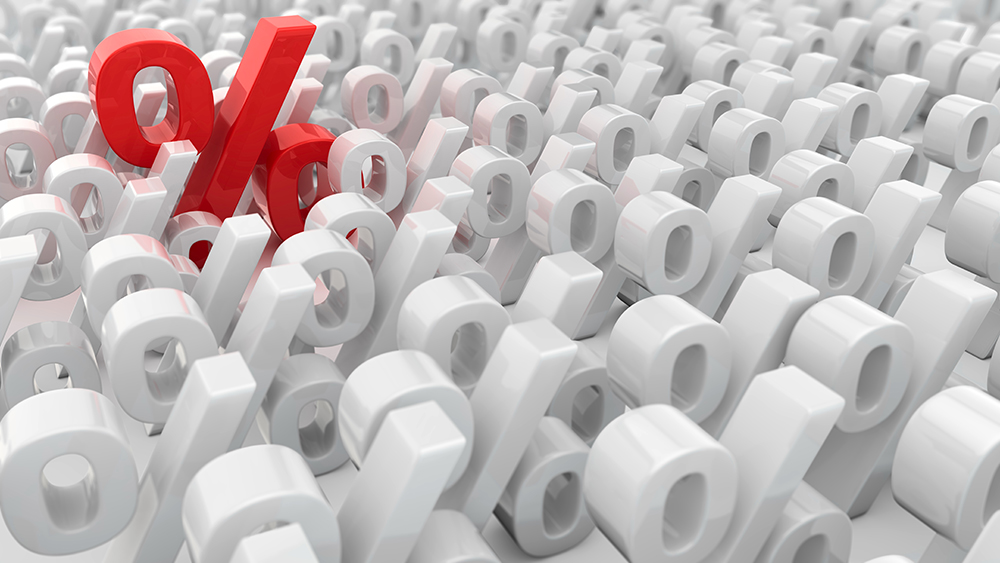05.04.2017
Trade Forex & CFDs Without Leverage

CFDs or Contracts For Differences and margin Foreign exchange are by their nature geared or leveraged products. That is the provider offers its customers leverage on the accounts they open to trade these products. Leverage ratios may vary by product, or as here at Blackwell Global by account size and clients will need to maintain a minimum amount of cash and free equity to operate their account. However clients can minimize the amount leverage that are exposed to or utilise when trading CFDS or Forex.
Just Ask
The first thing you can do if you would prefer not to trade on a highly leveraged basis is ask your provider to reduce the margin level they have allocated to your account. If they are able to vary the leverage at an account level, then they should be a happy to do.
Manage Your Risk
The second course of action you can take is to follow a disciplined approach to your own risk and money management and to apply this discipline to every trade you make .To do this you will need to gain an understanding of the contract sizes and margins for each of the products you trade or intend to trade, because you will need to relate this information back to your account size and available resources.
To put it another way in order to trade Forex and CFDs with minimal or no leverage you will need to ensure that your total exposure is less than the free equity or better still free cash on your account.
So if you have a $10,000 on your account and wish to trade leverage free. The maximum total exposure you should allow yourself is $10,000 or other currency equivalent of underlying value.
Caveat
There is a caveat here – because whist it should be possible to define your risk / exposure when trading on the long side – where the maximum loss you could suffer would be the difference between your entry price and Zero, multiplied by your trade size. But if you are trading on the short side, you face a theoretical open ended exposure or risk of loss. Because there is no upper bound or maximum value that the price of the instrument, we are short of could reach. Of course this is true of nearly all short positions leveraged or otherwise, but is a factor that we must take into consideration.
Stop Losses
One way we can seek to limit our exposure and by extension our use of leverage is through the application of stop losses. Stop loss orders set a floor or cap on the amount of risk you are exposed to. For instance if we are long of $5000.00 worth of an underlying instrument and you place a stop loss 10% away from the trade entry price, then your maximum theoretical loss would be $5000.00 * 10% or $500.00. I say theoretical because the stop loss order, as when and if it is triggered, will be executed at the next available price.
In adverse or illiquid market conditions however that price could be very different from the stop out level that was nominated. Which would therefore increase your maximum potential loss, through a process known as slippage.
Risk versus Reward
The reason that CFD and Forex traders like to use leverage is because leverage has the potential to magnify the profits that they make. It also allows them to trade from a smaller capital base or to take on a larger number of positions than they might otherwise be able to do. Of course leverage can just as easily magnify trading losses.This is part of the trade off between risk and reward.
In general it’s accepted that higher risk should be accompanied by a higher reward. This concept is not cast in stone but it should be a building block of your trading strategy. You should build a favorable risk reward ratio of at least 2:1.Such that you can profit by at least twice the amount you risk in every trade you open. If we adopt this risk & reward based approach then we should have fewer problems in managing our exposure and therefore our use of leverage.
A Loss Greater Than Your Deposit
However if we use undisciplined approach to trading Forex and CFDs we could quickly find ourselves on the other end of this equation. If for example we have taken a position which is “too large” for our account balance we have severely limited our ability to absorb running losses or if you prefer to maintain the required margin or deposit to support the position.
The larger the underlying position relative to the free equity / free cash on our account then the smaller our tolerance to a running loss is. If the size of of our underlying position is greater than our free equity or free cash balances then we are, by definition in a leveraged trade. The bigger this multiple is, then the smaller the price move required to take us initially to a margin call situation and then to a stop out.
Whilst brokerages such Blackwell Global operate a strict margin and stop out policy in order to try and prevent negative equity . As we noted above, illiquid and adverse market conditions can result in slippage and or gapping in price formation and therefore to losses that are larger than anticipated. In a worst case scenario, with a highly leveraged account your losses could significantly exceed your deposit and you would be liable for the balance.
Back to Previous Page >>
